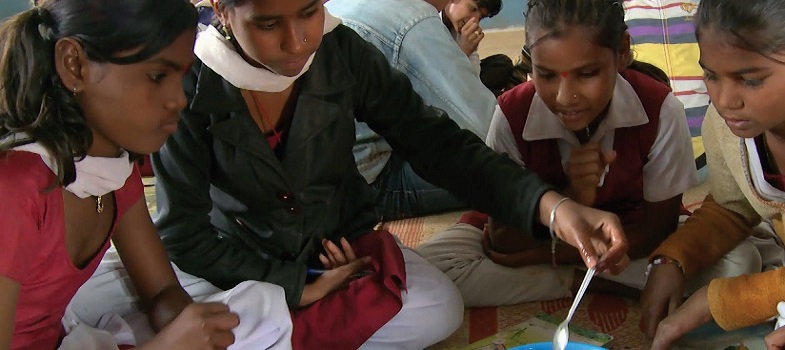Additional resources
- Multilingual education research: http://blog.britishcouncil.org.in/ towards-a-multilingual-education-research-partnership-for-india/
- Guide to language readiness in multilingual contexts (Jharkhand): https://www.academia.edu/ 7602970/ Bhasha_Puliya_-_Guidebook_for_a_Childrens_Language_Readiness_Programme_in_multilingual_Jharkhand_India
- Bilingual dictionaries in Jharkhand:
- https://www.academia.edu/ 4503737/ Childrens_Bilingual_Picture_Dictionaries_-_Meri_Bhasha_mein_Meri_Duniya
- https://www.academia.edu/ 4668458/ Childrens_BILINGUAL_Picture_Dictionary_in_Santhali_language
- Useful websites for multilingual education in India and Asia, and globally:
- http://www.nmrc-jnu.org/ nmrc_about_us.html
- http://www.mle-india.net/
- http://www.unescobkk.org/ index.php?id=222
- http://www.mlenetwork.org/
Back to previous pagePrevious
Resources
